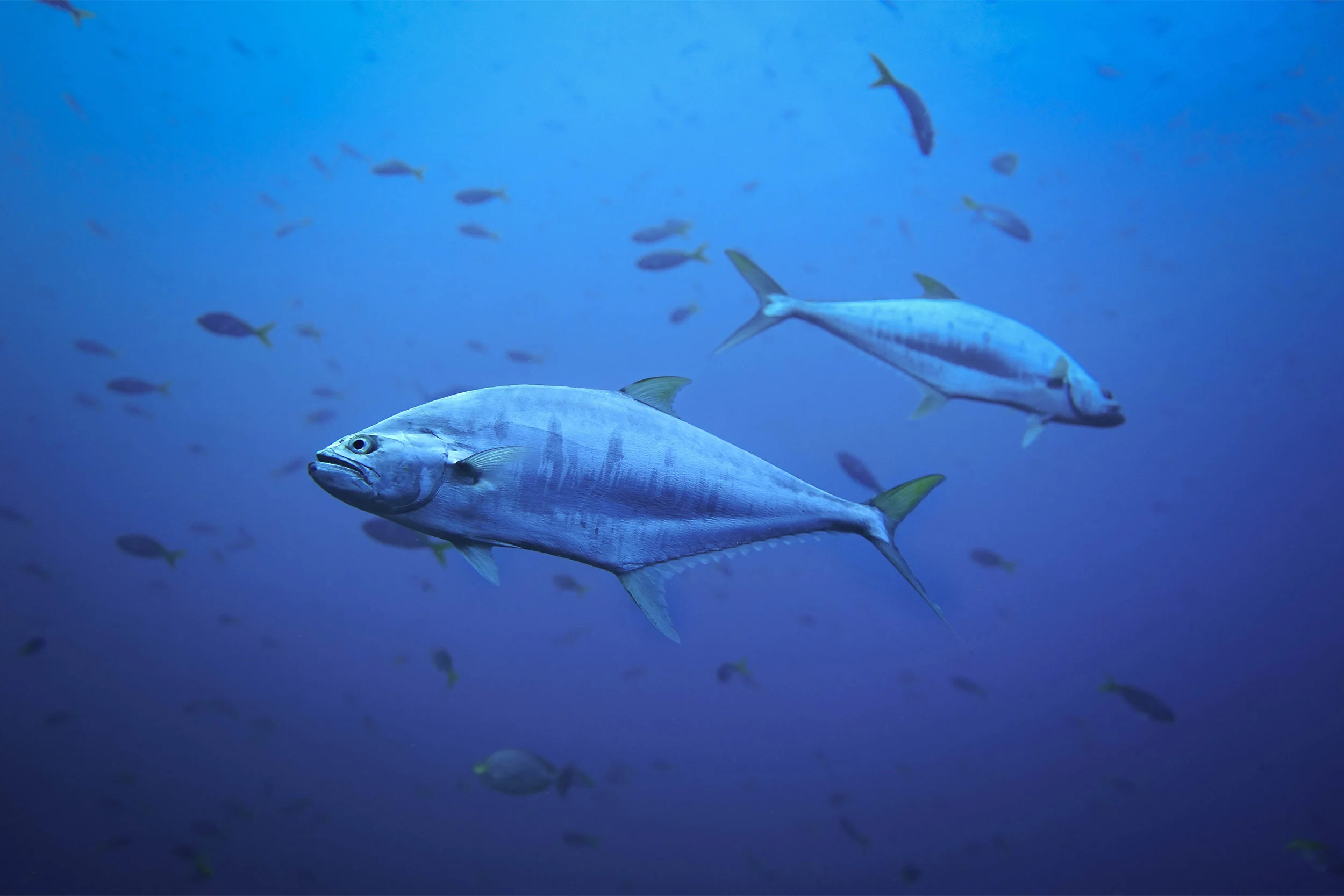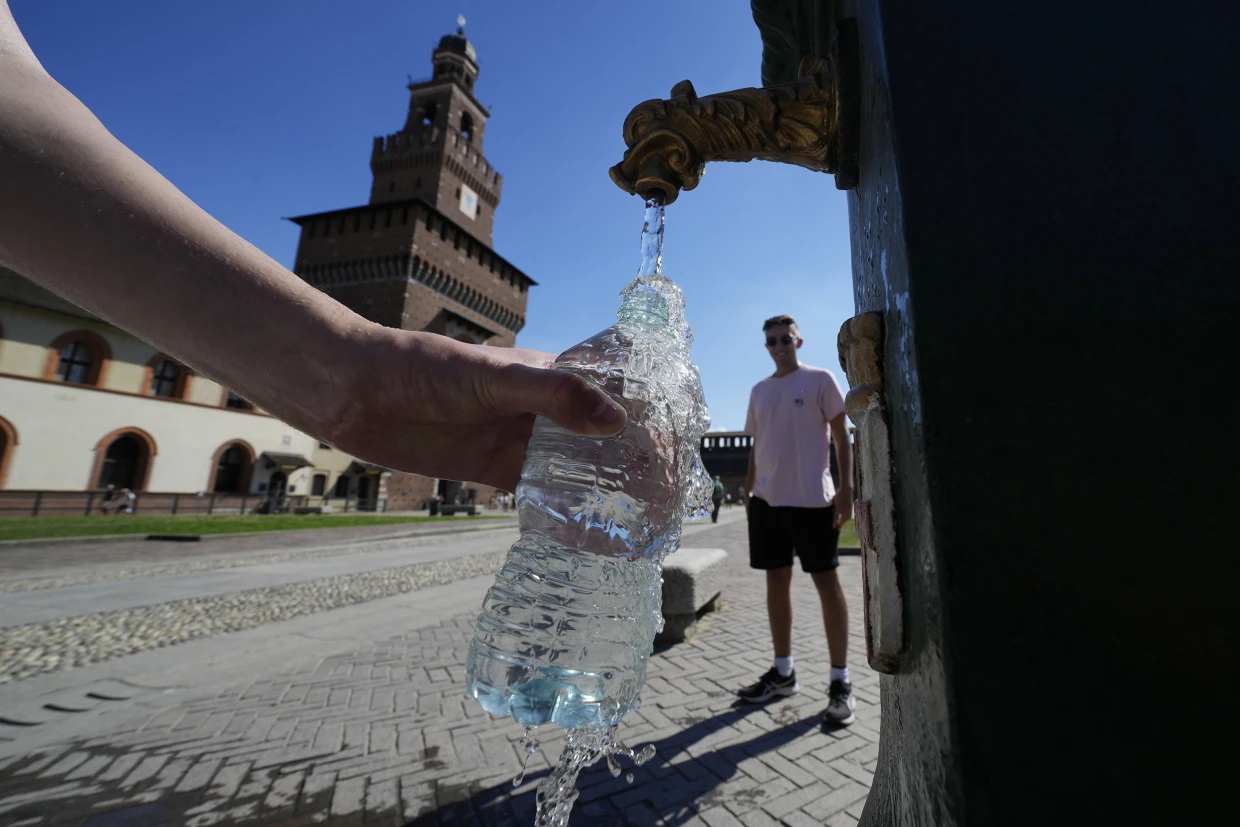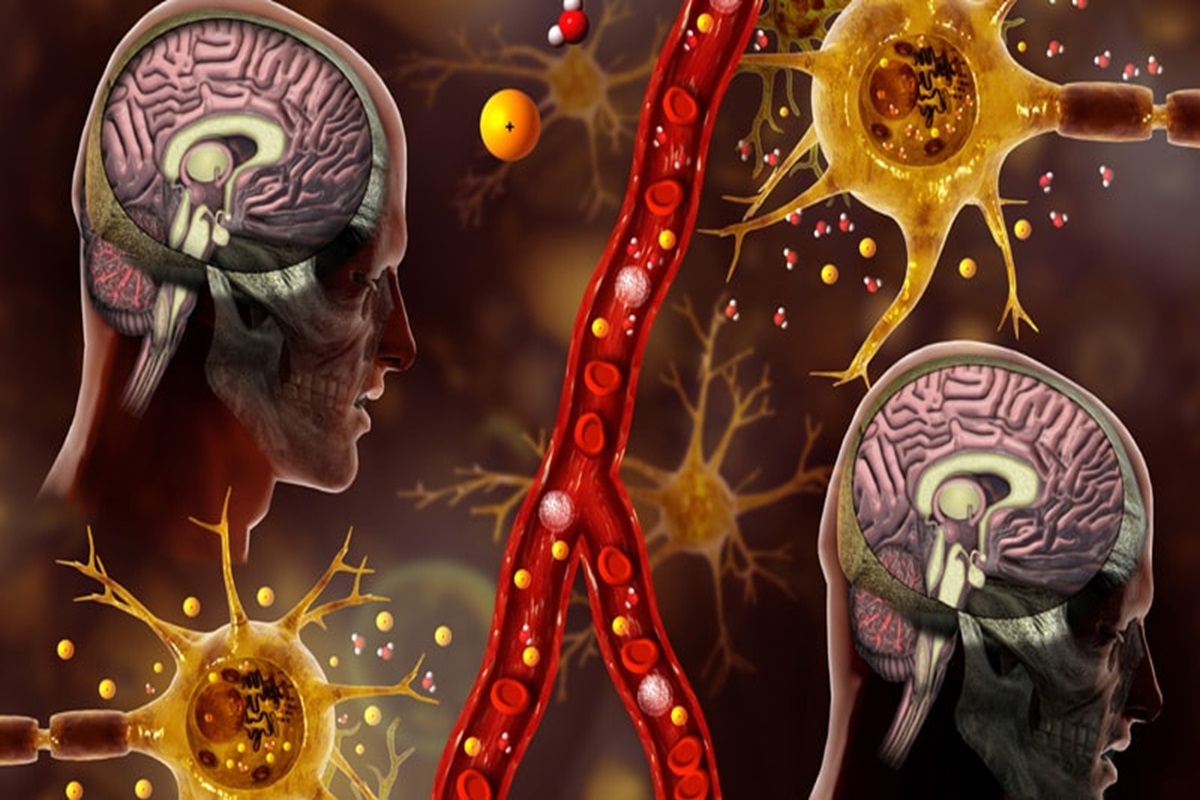Mercury contamination in our oceans poses a significant threat to both the environment and human health. As mercury levels rise, they affect various species of plants and animals, disrupting ecosystems and endangering marine life. Here are five key aspects of this critical issue.

Mercury in Marine Waters: Mercury exists in different forms in aquatic environments, influenced by oxidation-reduction conditions. Concentrations of mercury vary across marine regions worldwide. Two conceptual models—the “one ocean” model and the “ocean margin” model—describe its fate and behavior in saltwater reservoirs.
Benthic Sediments and Contamination: Mercury content in benthic sediments reflects its levels in water reservoirs, especially in contaminated areas near mines, metallurgical plants, and chemically treated crops. Sediment concentrations provide insights into overall water quality.
Bioaccumulation in Aquatic Organisms: Mercury bioaccumulates in fish and other aquatic organisms. However, the levels vary significantly between species and geographical regions. Understanding this bioaccumulation is crucial for assessing risks to human health through seafood consumption.
Climate Change Amplifies Mercury Threat: Climate change exacerbates the problem. Coastal waters become muddier due to shifting rainfall patterns, leading to increased neurotoxic mercury levels in sea life. By 2100, up to 40% more water with dissolved organic debris may flow into coastal areas.
Future Implications: While current mercury levels in the sea may not pose an immediate threat to humans, the long-term consequences are concerning. As mercury accumulates, it affects respiratory processes in marine organisms and jeopardizes the delicate balance of ocean ecosystems.
Addressing rising mercury levels requires global efforts to reduce emissions, protect marine habitats, and promote sustainable practices. Only by safeguarding our oceans can we ensure a healthier future for both marine life and humanity.


